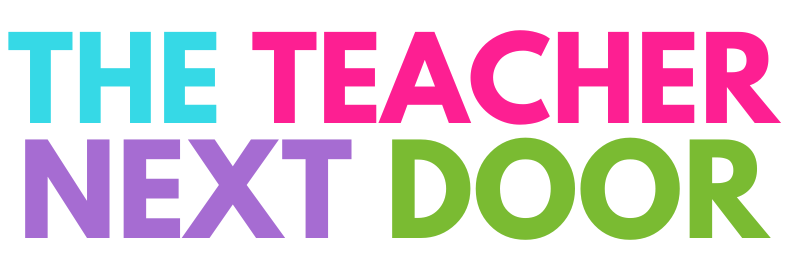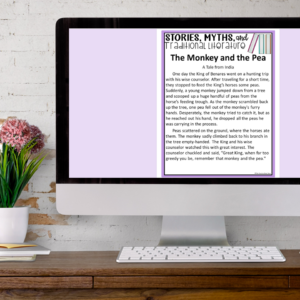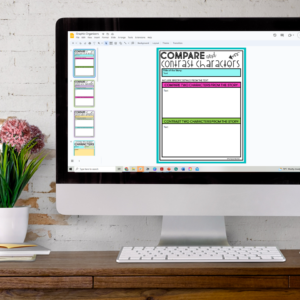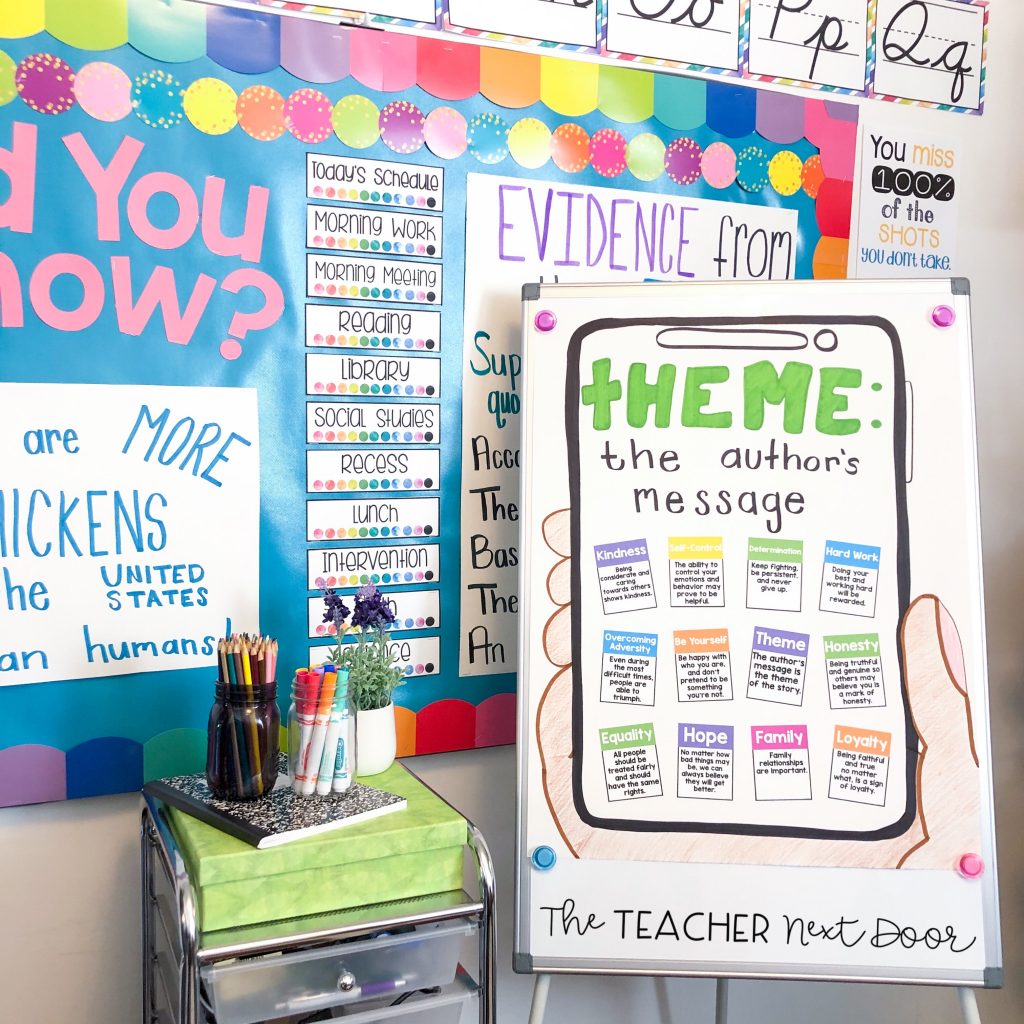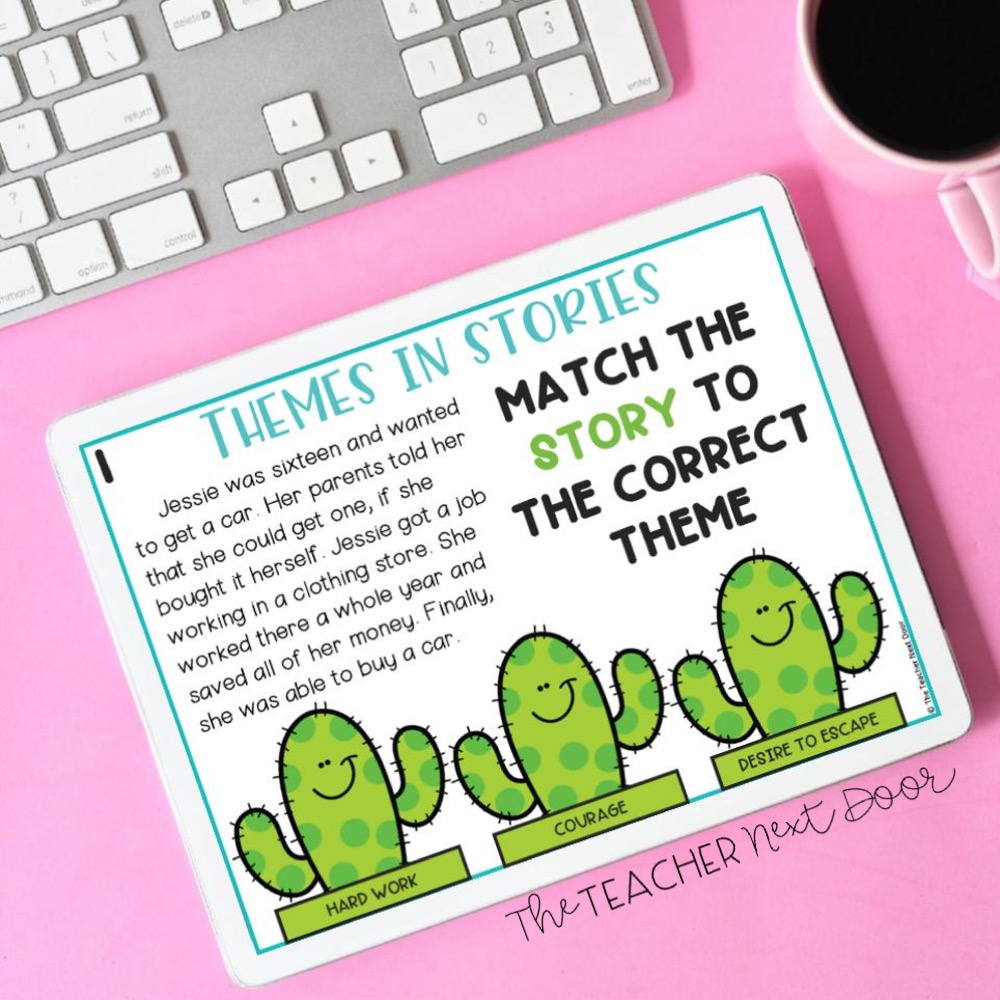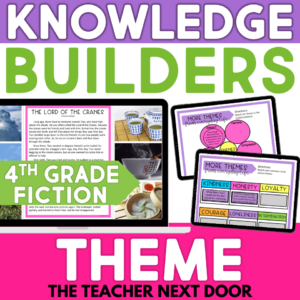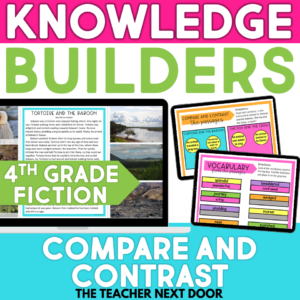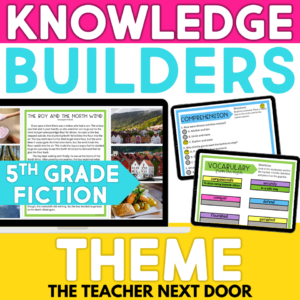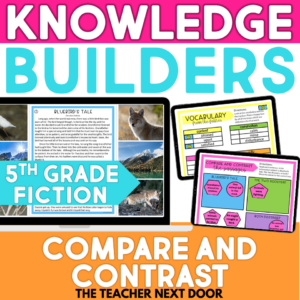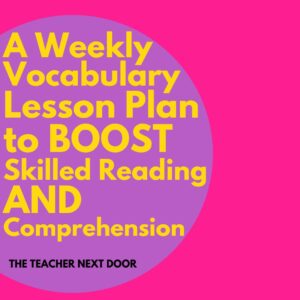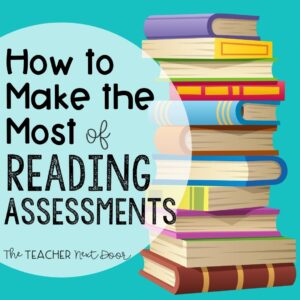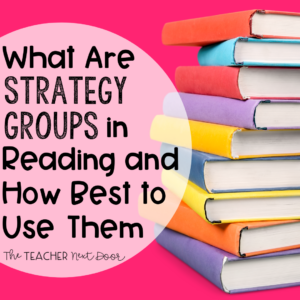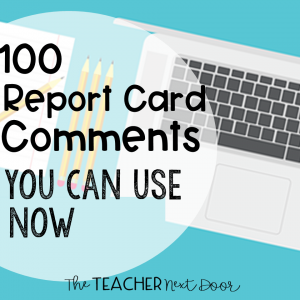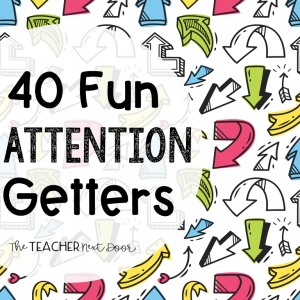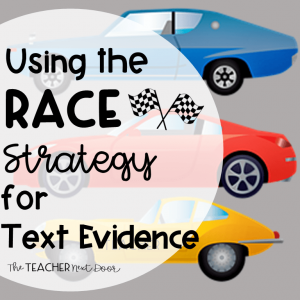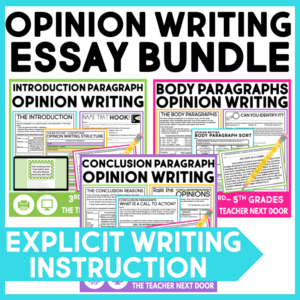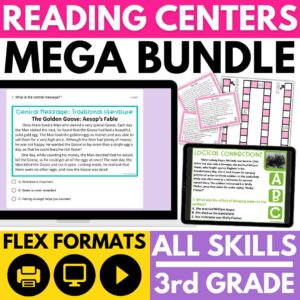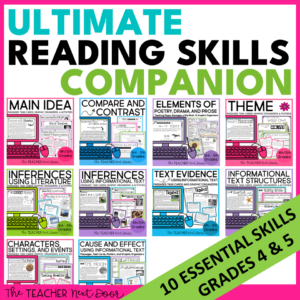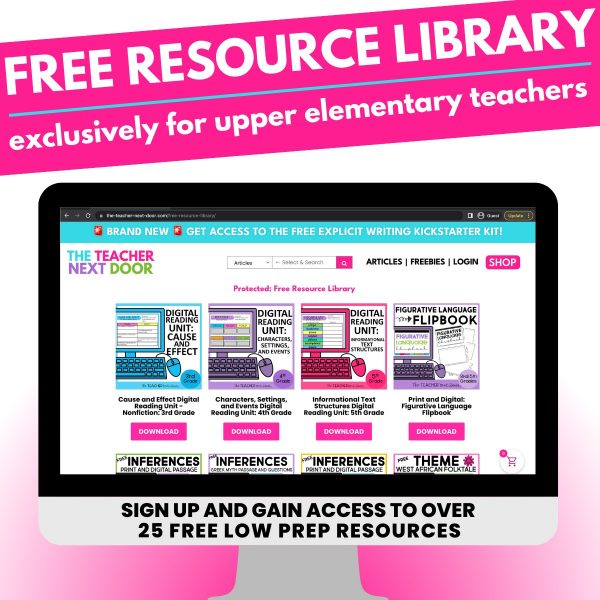
Most students are pretty familiar with how to complete the task of comparing and contrasting two books on their own accurately. When we do a lesson and activity on theme, students usually have a much harder time completing them independently.
Compare and contrast lessons are usually very concrete, and the answers can be found “right there” in the text, whereas finding the theme is abstract and usually inferred.
But, teaching students how to compare and contrast themes doesn’t have to be complicated or boring.
Check out four fun tips below on how to teach students to understand themes and be able to compare and contrast two texts by theme accurately.
Use Paired Passages and Color Coding
One of my favorite genres to teach theme is traditional literature like fairy tales, fables, or folktales. That’s because these stories have a theme that is typically pretty obvious. Not only that, but these stories are usually fun reads because of the magic and humor that is sometimes involved.
Take “The Monkey and the Pea” and “The Golden Touch” as an example. These two stories are paired passages found in this resource that can be used to compare and contrast themes. The stories are similar enough to be paired passages but are different enough to be able to contrast.
One thing that works well is to have students read both stories and then use the color-coding strategy to document their thoughts. I love to use color coding in paired passages by making one color something similar in both stories (green) and another color that is different (red) about both stories.
Using this strategy helps students make a Venn Diagram and write similar things in green in the comparison bubbles and different things in the contrast bubble in red.
Use Graphic Organizers and Anchor Charts
A great way to teach and reinforce the meaning of theme and compare and contrast is to make an anchor chart. Anchor charts are great visual reminders that can be hung in the classroom and in a student’s interactive notebook.
If you are looking for a student version of your compare and contrast anchor chart, check this one out below. (It also comes in a print version for binders and notebooks!)
When discussing the theme, you’ll want to make sure that students understand that the theme is the lesson in the story, the author’s message, or what the author wants readers to know.
It’s a good idea to brainstorm with the class to create a list of possible themes commonly found in stories.
You can use these theme posters to hang in your classroom. When kids find themes in our read alouds or their own stories, they can add a sticky note next to the related poster with the title of the book and its theme.
Here’s another way I’ve used these printable posters! I printed them 4 to a page and added them to an anchor chart.
Use the Think Aloud Strategy with Annotation
The think-aloud strategy is a great reading strategy to use with so many reading skills and standards. A think-aloud is when a teacher reads a passage and models her/his thinking out loud.
For example, when using this resource for fourth graders, I would start reading one of the passages and then stop and say something like, “I’m noticing that Tian disguised himself as a beggar and is wearing rags. I’m wondering why he would want to hide that way. I’m going to make an inference that he’s going to try to test Wang, the inn owner. Let me read on and see if that was right.”
Thinking aloud shows students how good readers think while they are reading or listening to you read. This strategy can help them do the more difficult work of comparing and contrasting themes when they have finished both passages. It also gives them a process of thinking when they’re doing independent reading.
Make it a Game
Probably my favorite way to teach kids to compare and contrast the theme is by making it into a game. These games can be played in teams, in a small group, or individually as test prep or review.
If you are a fourth or fifth-grade teacher, you might like this theme game. This game is a concentration-type game where students are handed theme words, and they have to match the word with the story. In groups, the group will decide if they agree and if they do, the student gets the point. In the digital version, this is self-grading.
Also, if you teach fourth or fifth grades, your kids might enjoy this compare and contrast game with a slight hint of theme review. This game involves two stories, and students can work in pairs, teams, in a small group, or individually to figure out what is the same and/or different about a story and find the theme to both stories.
I LOVE using games because they’re fun for students to practice skills in a way that’s engaging to them. Plus, our students are more likely to retain and understand the information because of the focused way they worked with it.
Making sure that students understand a familiar concept, like compare and contrast, while pairing it with the theme, which is a little more complicated and abstract, will help students successfully understand both.
You might like using these interactive activities for fourth grade:
Or these for fifth grade:
Want to read more about teaching Themes or Compare and Contrast? Here are a few blogs you might enjoy:
Compare and Contrast Activities
Important Steps to Teach Paired Passages
Using Think Alouds to Increase Comprehension in Upper Elementary

